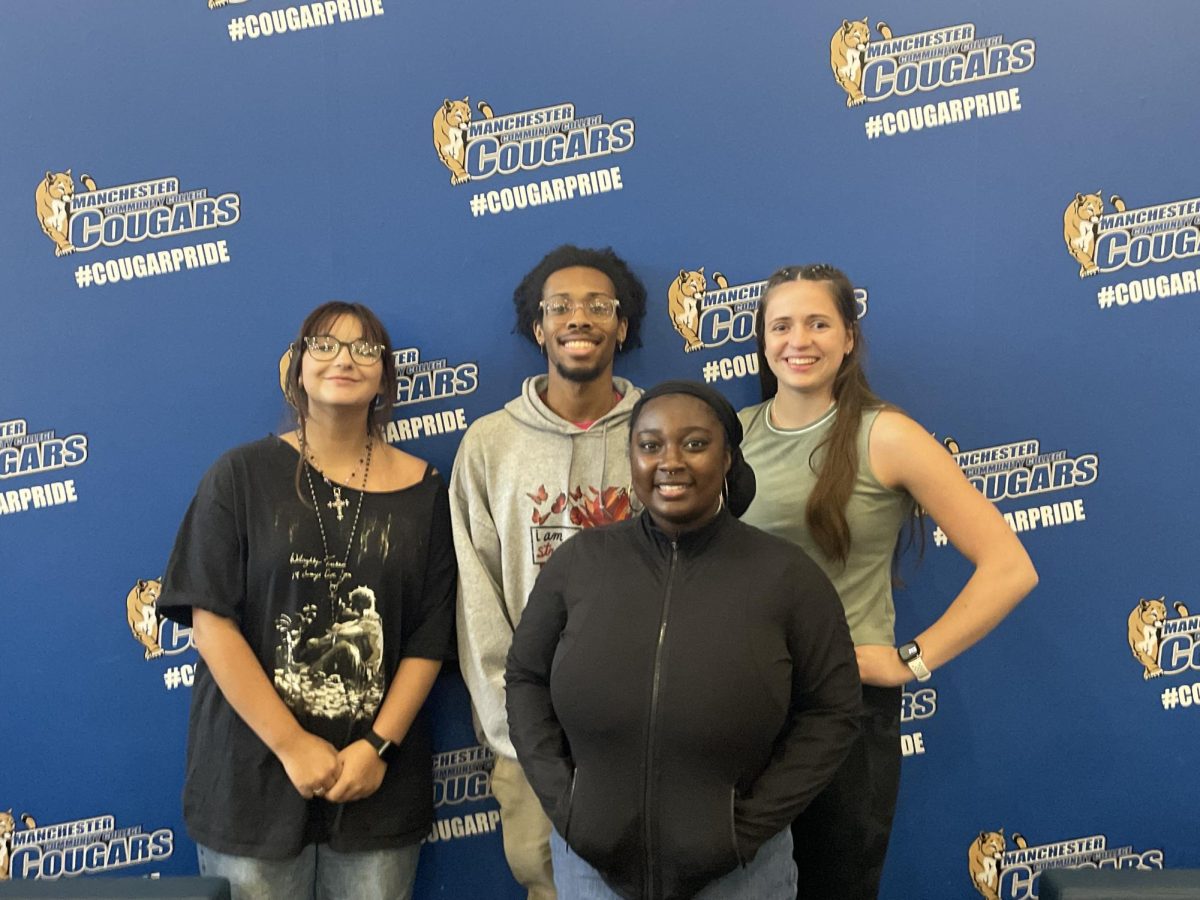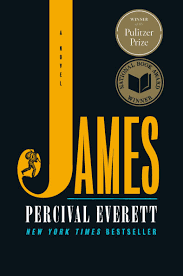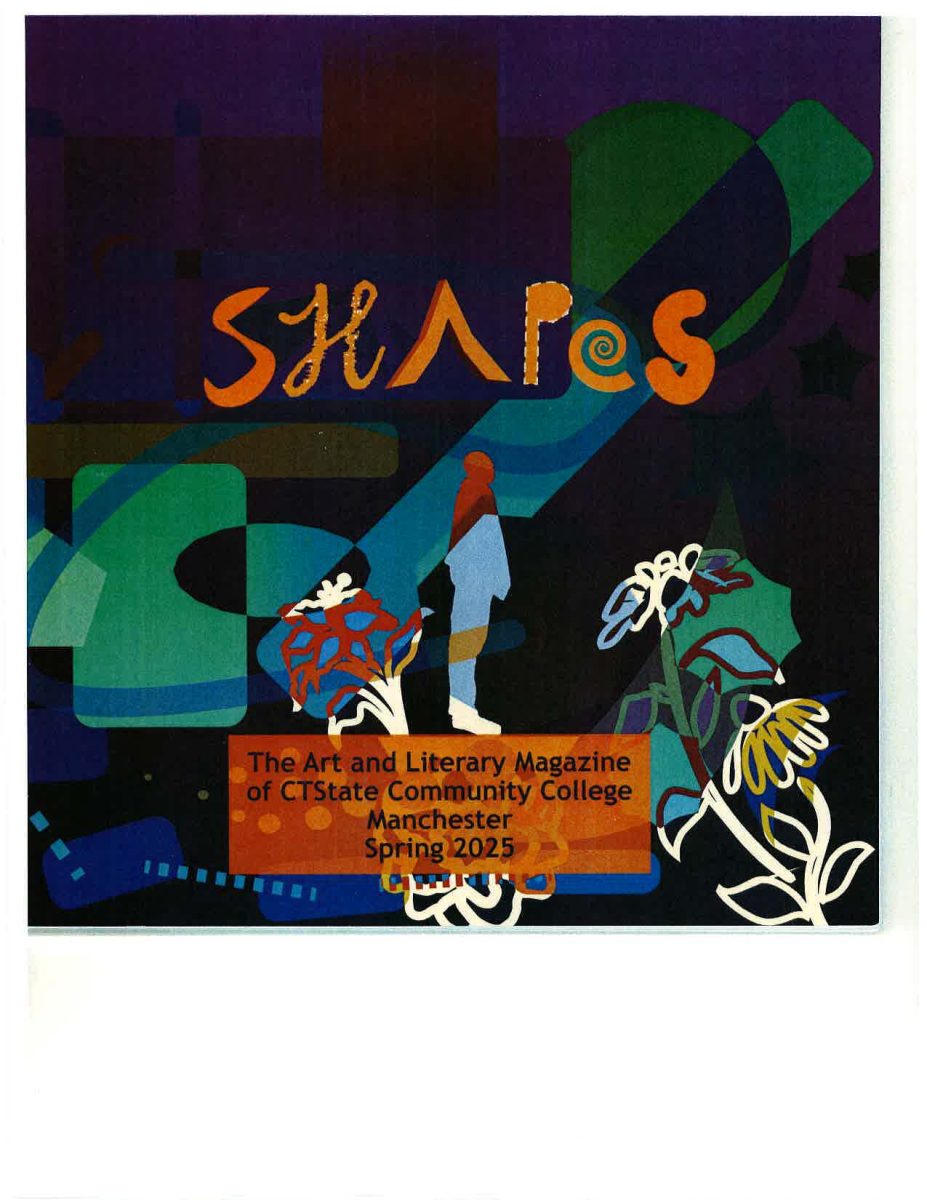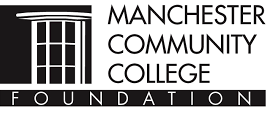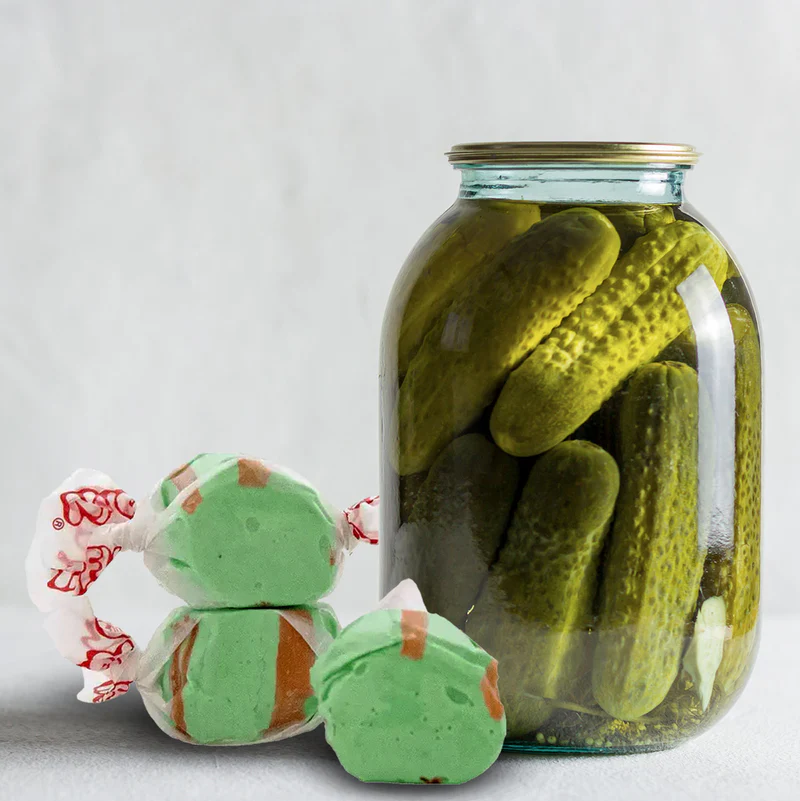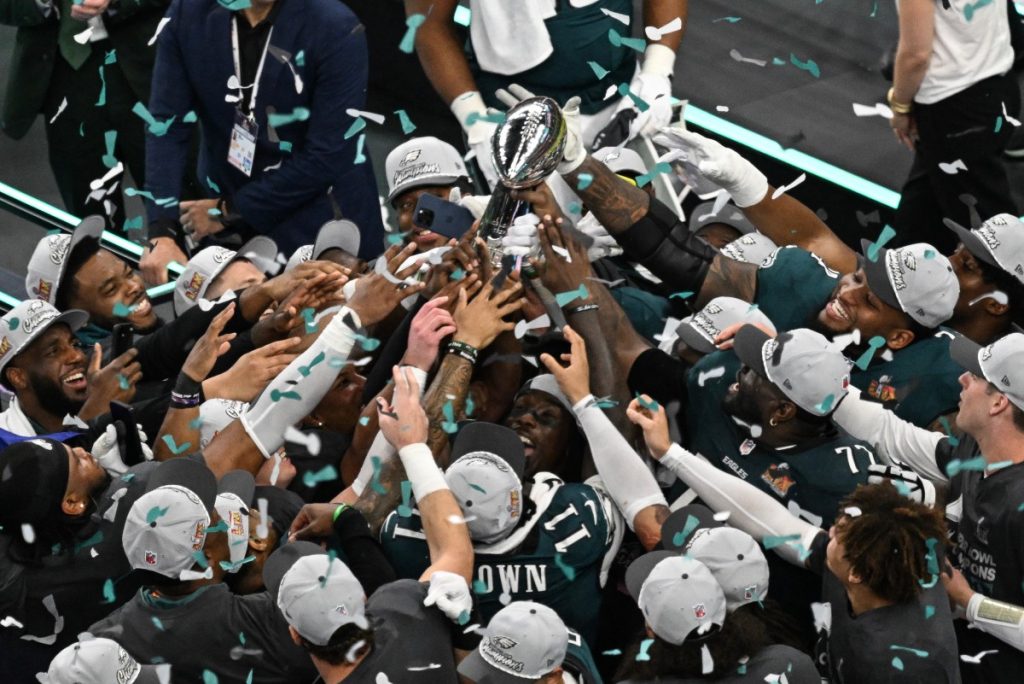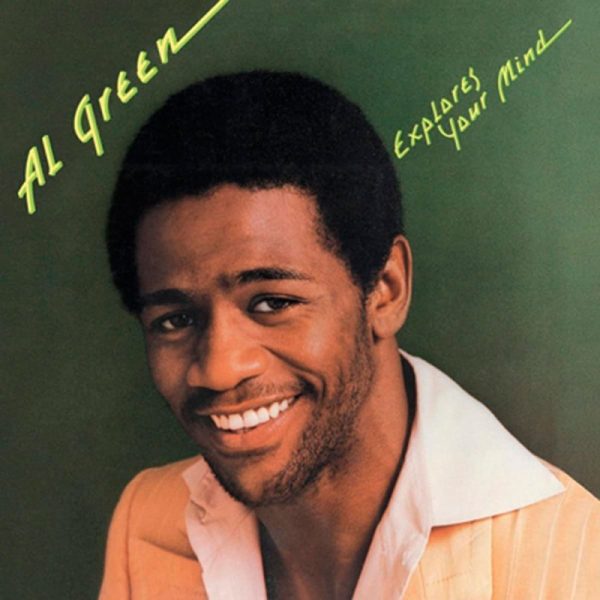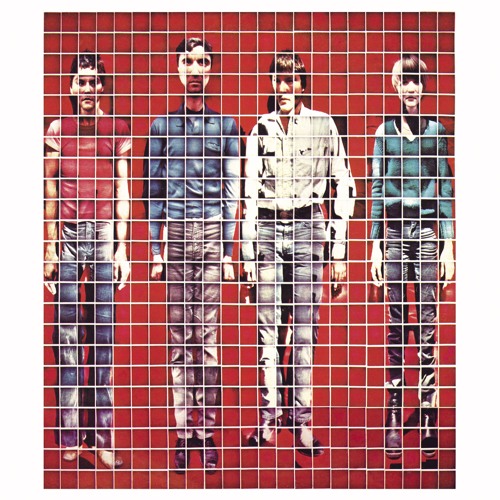360 (Contains Explicit Language)
After being a casual fan for the past couple of years, I finally fully got the hype surrounding Charli XCX this summer when she dropped “brat.” I clearly wasn’t alone in feeling this, as “brat” became her biggest and most beloved album, to the point where I wouldn’t be surprised if some of you are sick of hearing it. But I don’t care! Is that “brat” of me?
745
Vince Staples followed up his superb debut double-album “Summertime 06” with the even stronger “Big Fish Theory” in 2017. While some of these sounds have become a bit more mainstream, especially with the aforementioned Charli XCX, hearing someone like Vince, who just began flirting with mainstream recognition, do something this out of left field was insane back in 2017, and still impressive over 7 years later. While “745” features a smooth vibe that’s somewhat reminiscent of old G-funk, it still features the same futuristic sheen that runs throughout the album’s more experimental tracks.
212 (Contains Explicit Language)
And on the topic of futuristic sounds, I still have no idea how something like “212” was cooked up over 12 years ago, it feels so ahead of its time. I wasn’t really paying much attention to the musical landscape back in 2012, (unless “Epic Rap Battles of History” counts, which I don’t think it does) but when comparing what popular songs sounded like before “212” and after it, I feel like this song kind of changed everything, as dramatic as that sounds. I usually not one to “separate the art from the artist,” but this song might be my biggest exception.
COVER STORY: Take Me To The River
On the past two installments of this show, we pitted two versions of a song by two different artists head to head, but this week, lining up perfectly with being the third installment of Cover Story, we’re looking at three different versions of the same song by three different musical acts. Now, on paper, there’s nothing really interesting about that. Countless songs have countless cover versions, even done by really talented and prolific artists, it’s not uncommon for that kind of thing to happen. No, what’s unique about today’s episode is that we’re looking at a great song, a great cover of it, and a great cover of that cover, and all three are from generation defining talent.
Take Me To The River by Al Green
The first version of “Take Me to the River” came from Al Green, who co-wrote it with his frequent collaborator Teenie Hodges, almost 50 years ago to this day. While the song, quite shockingly, never charted on the Billboard Hot 100, it’s hard to find a set of ears who’ve never heard it. Much of this is due to the iconic chorus and Green’s electrifying performance, but some of the song’s popularity can be credited to the first cover we’re looking at today, brought to you by one of my all-time favorite bands, Talking Heads. Their cover, which was featured on their sophomore album, “More Songs About Buildings and Food”, is the highest charting version of the song, as it cracked the top 40 back when it was released in the late 1970s. Until working on this segment, I never really thought about how Green’s version only predates the Talking Heads cover by a couple of years. The original, along with a lot of soul music from the era, feels so timeless that it’s odd thinking that it would only be a couple of years before the new-wave and post-punk subgenres would really take over in the 80s.
Take Me to the River (2005 Remaster) by Talking Heads
Now, up until this year, that’s where the story would end. Great song, great cover, typical fare for this segment. But earlier this year, to coincide with the 40th anniversary of “Stop Making Sense”, the 1984 Talking Heads concert film, indie film studio A24 gathered together a bunch of artists to release “Everyone’s Getting Involved: A Tribute to Talking Heads’ Stop Making Sense.” While the selection of artists seemed kinda random, that didn’t mean there wasn’t some serious talent involved, such as Kevin Abstract, Teezo Touchdown, Toro y Moi, and more. In fact, the album’s debut single, which was Paramore’s take on “Burning Down The House” was so good that it ended up being part of ICE Radio’s regular rotation earlier this year. The album itself though did not end up being that same level of quality, Paramore wasn’t alone in giving it their all. Because before she worked it out on the remix with Charli XCX, Lorde brought her A-game with her tribute to Talking Heads’ “Take Me To The River”, making this a direct cover of a cover. This was all way more convoluted that I thought it was going to be, but long story short, all three of these songs are great!
Take Me to the River by Lorde
HAT TRICKS: “A Pot In Which To Piss,” “Four Score And Seven,” and “Theme from ‘Cheers’” from “The Monitor” by Titus Andronicus
A couple of years ago, I did what every guy who thinks his basic music taste is interesting does and was reading an article on Pitchfork. It was a review of one of my favorite albums from the past couple of years, Black Country, New Roads’ “Ants from Up There”. That album drew from a lot of influences, but a major one was the sound of indie rock from the late 90s to early 2010s. That’s kind of a wide range there, I know, but when you listen to the album, you’ll get what I mean. I think. Anyway, due to the album’s sound, the sprawling length of some of the songs, and its loose conceptual themes, it didn’t surprise me to see the article’s author, Ian Cohen, compare it to Neutral Milk Hotel’s magnum opus, “In The Aeroplane Over The Sea.” I was a little more surprised to see it compared to Car Seat Headrest’s “Teens of Denial”, because while even though I totally hear the connections, I feel like I don’t see that album talked about enough, especially when compared to “Twin Fantasy”, which has pretty handedly become THE Car Seat Headrest album for many fans. But the comparison that really drew my attention was to something called “The Monitor” by Titus Andronicus.
A Pot in Which to Piss (Contains Explicit Language)
Before reading that article, I had never even heard of that album, or even that band for that matter. But here it was, being put in the same sentence of three of my all-time favorite albums. So when I checked out the publications review of the album, and I found out that it was inspired by Bruce Springsteen and even features references to him and his work? Was this album tailor made for me? It even appeals to the history buff that I usually like to bury deep inside me, as it’s loosely a concept album based on the American Civil War, as seen with song titles like “A More Perfect Union” and “The Battle of Hampton Roads” Even the album title is a reference to a warship from the era, so in case you were unclear on whether or not these guys are a bunch of dorks, that should solidify things for you. But for me, it solidified something else entirely, which is that I needed to listen to this thing as soon as possible. But honestly? I was kind of scared. There are few feelings worse than feeling like you should be the biggest fan of something, only for it not to click with you at all. I kept putting it off for months, until one day last summer where I felt the time was finally right. I’m sure by now you can guess that my fears were unfounded, otherwise I wouldn’t have been yapping about it for this long.
Four Scour and Seven (Contains Explicit Language)
Without coming across as too pretentious, or at least, not any more pretentious than I usually strive for, I don’t think this album is for everyone, and that’s totally OK! It’s honestly kind of a challenging listen, both thematically and in terms of the content itself. If you never really got into Springsteen because you think his voice is too rough, Patrick Stickles of Titus Andronicus isn’t going to be your cup of tea either. Another potential barrier is the length of the songs, as many of them are around the 8-minute mark. I personally love all of the different places these songs go, but I understand that the runtime can be daunting for a lot of first-time listeners. It’s also a very heavy album, as the Civil War stuff is largely used as a metaphor for Stickles struggles with depression. It’s not without its more uplifting moments, like the outro on “To Old Friends and New”, but it’s a very emotionally honest record, even more so than the other albums from that Pitchfork article, so I do want to give some kind of advisory before listening, depending on where you might be at with your own mental health journey. But with all that said, I can’t get enough of this thing, so here’s “A Pot In Which To Piss,” “Four Score and Seven” and “Theme from ‘Cheers’”, which before you ask, is not actually the theme from “Cheers.” And no, no matter how many times I recommend this album, it never gets any less awkward for me to say, “A Pot In Which To Piss,” even if it is a metaphor. I think.
Theme From “Cheers” (Contains Explicit Language)



